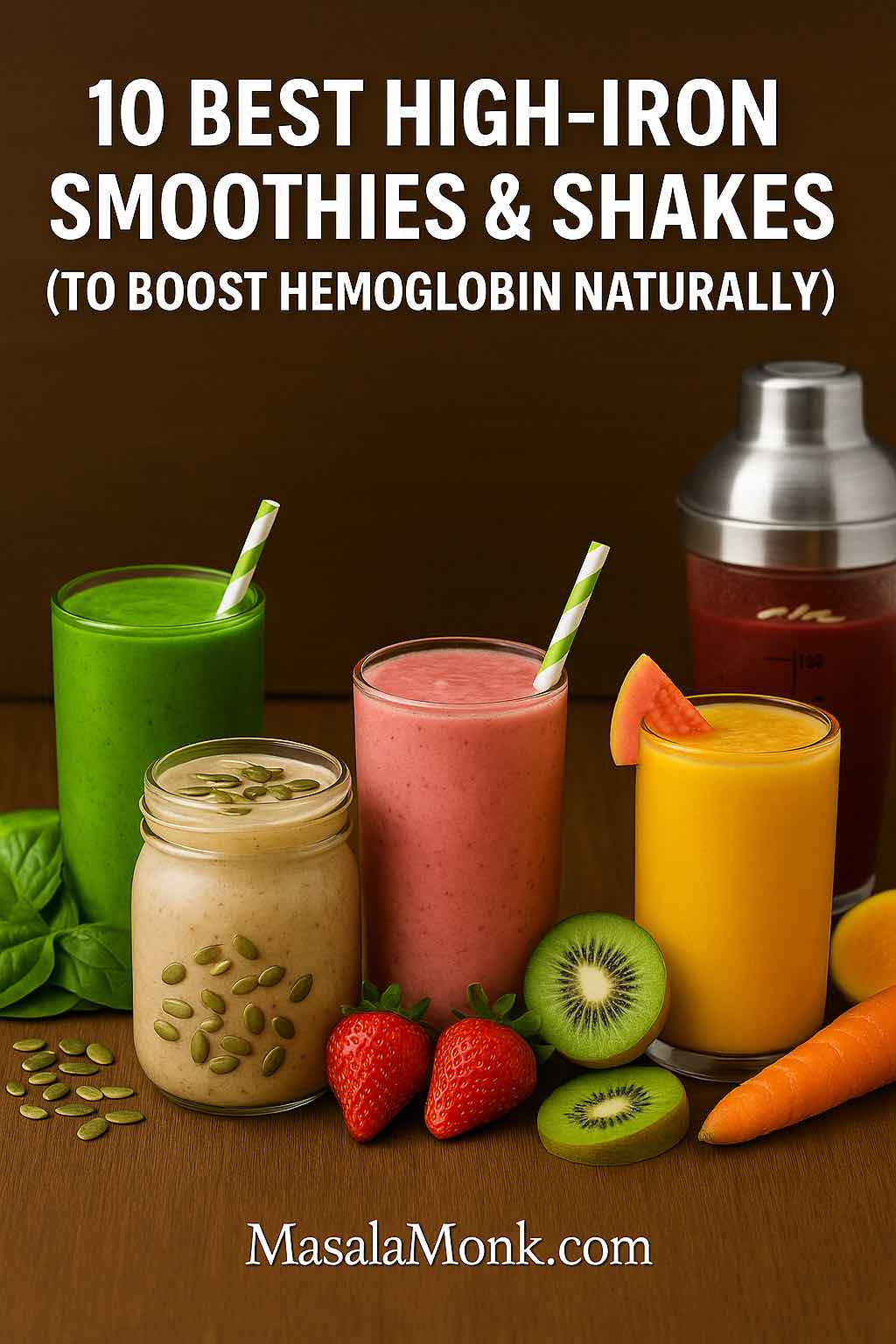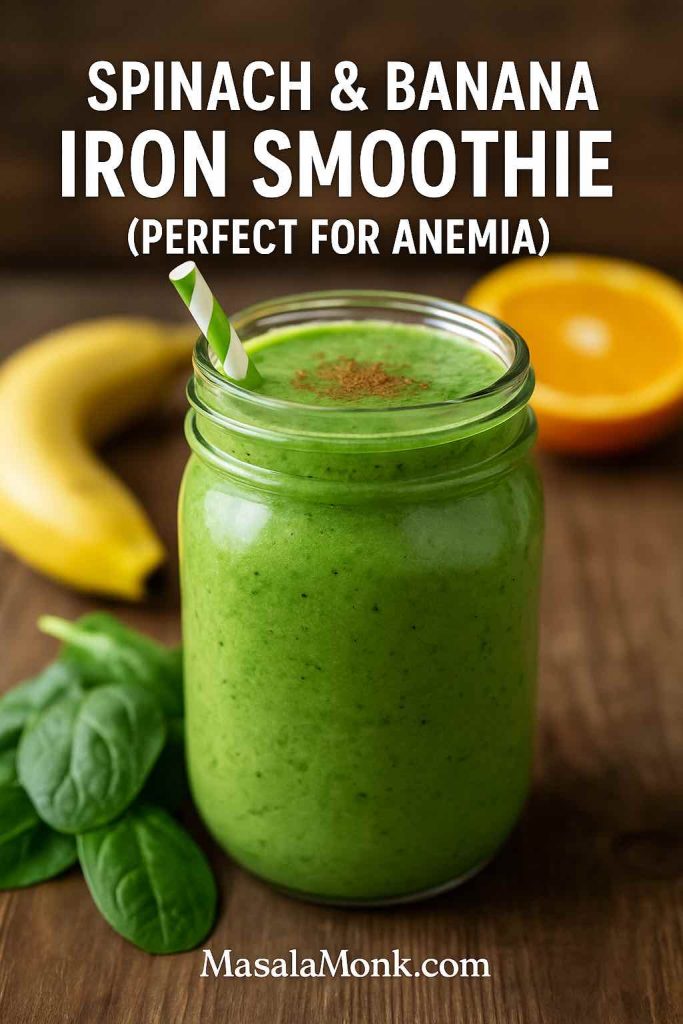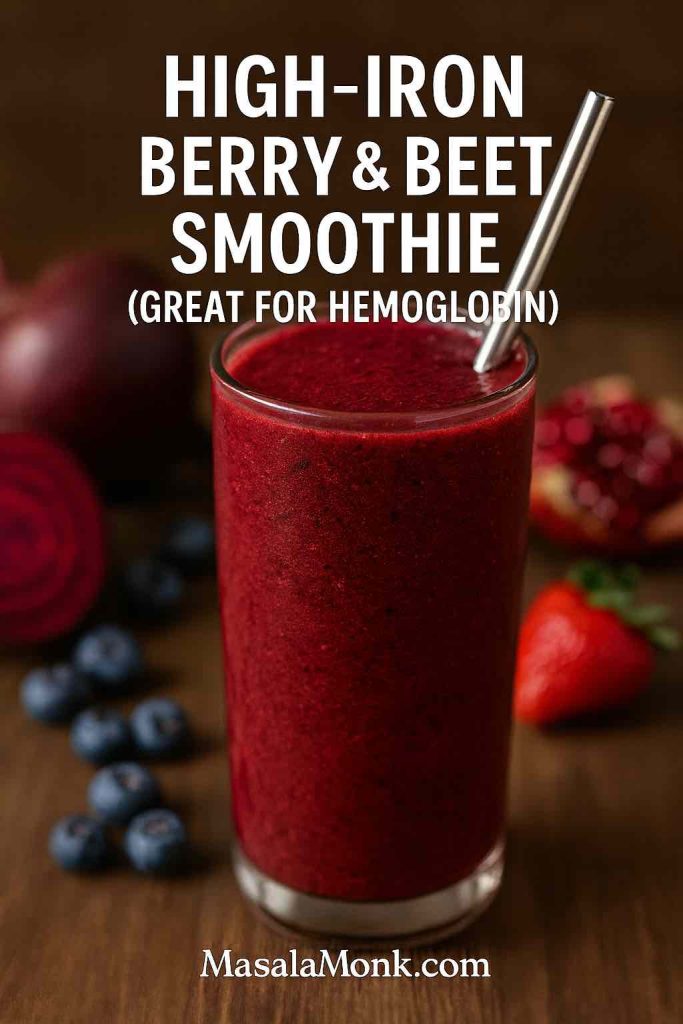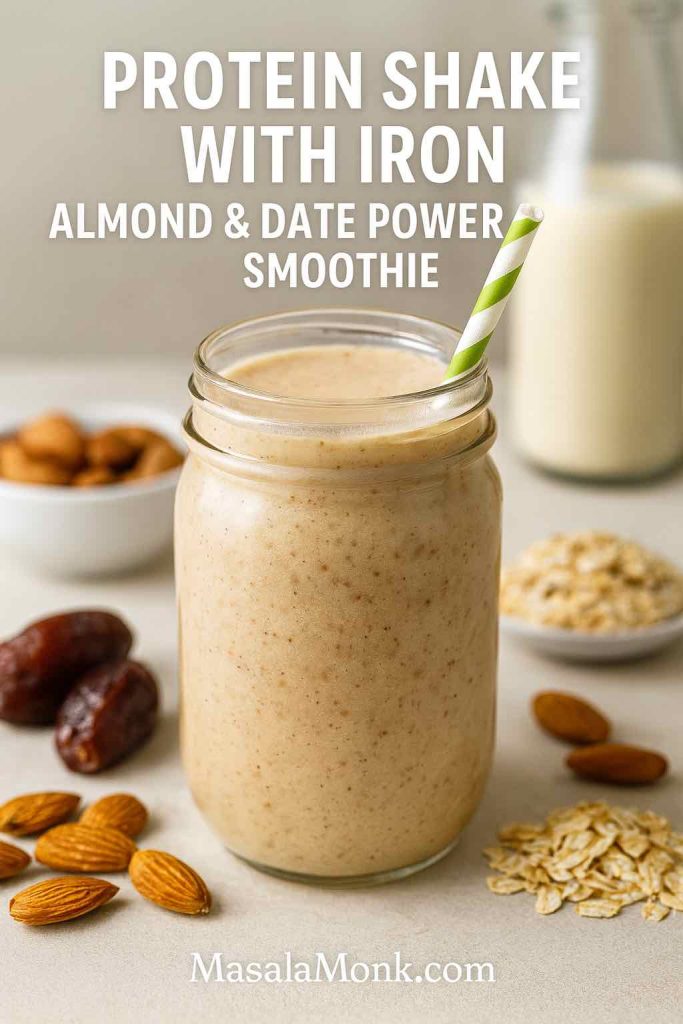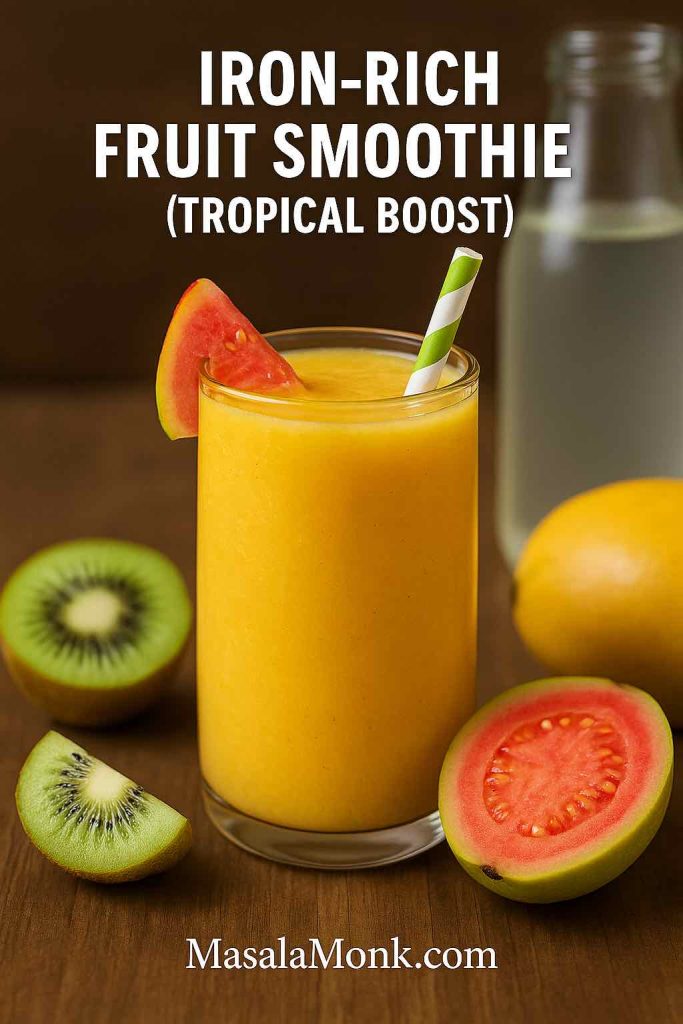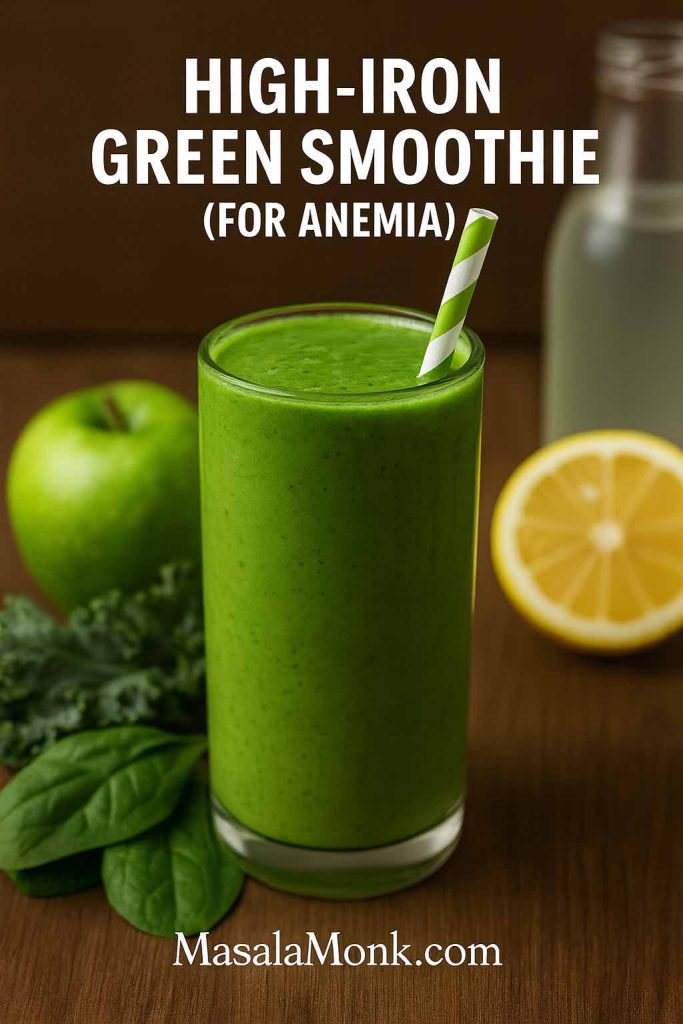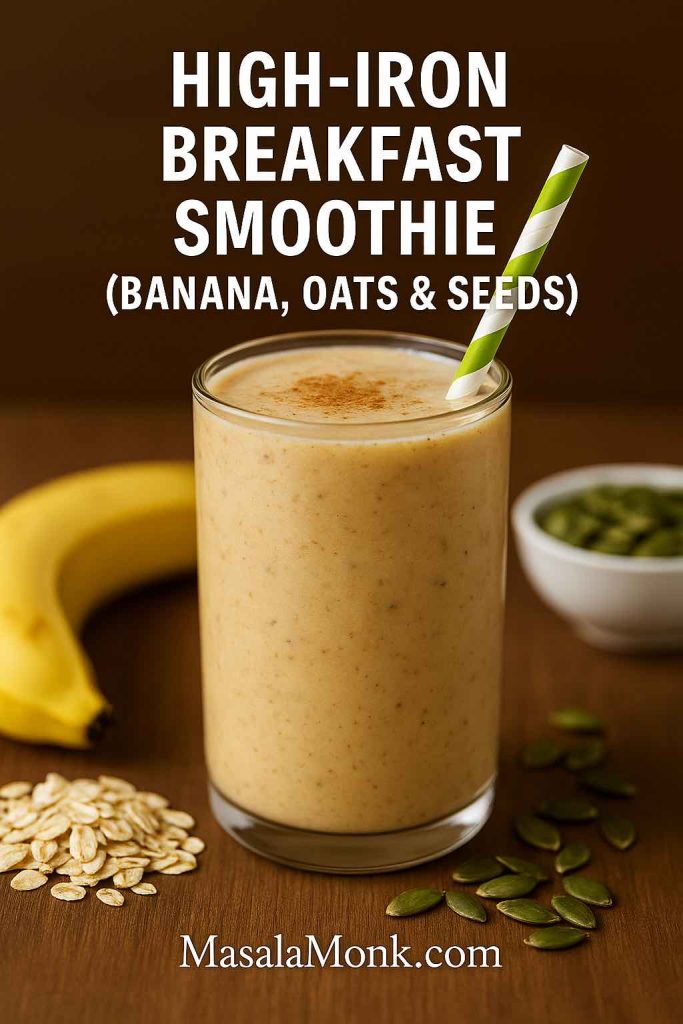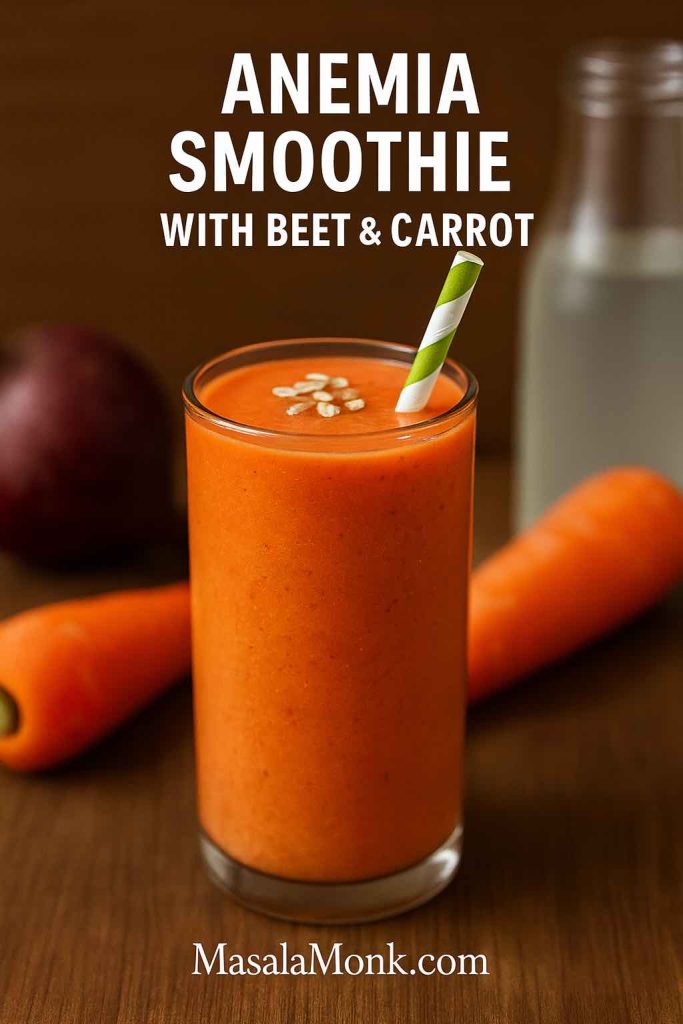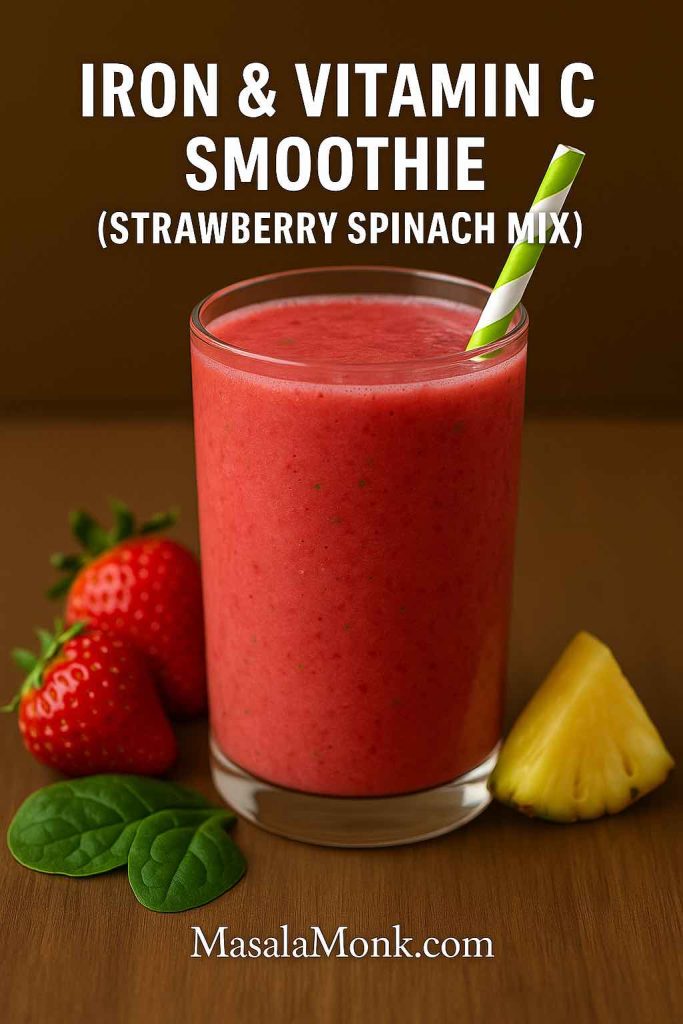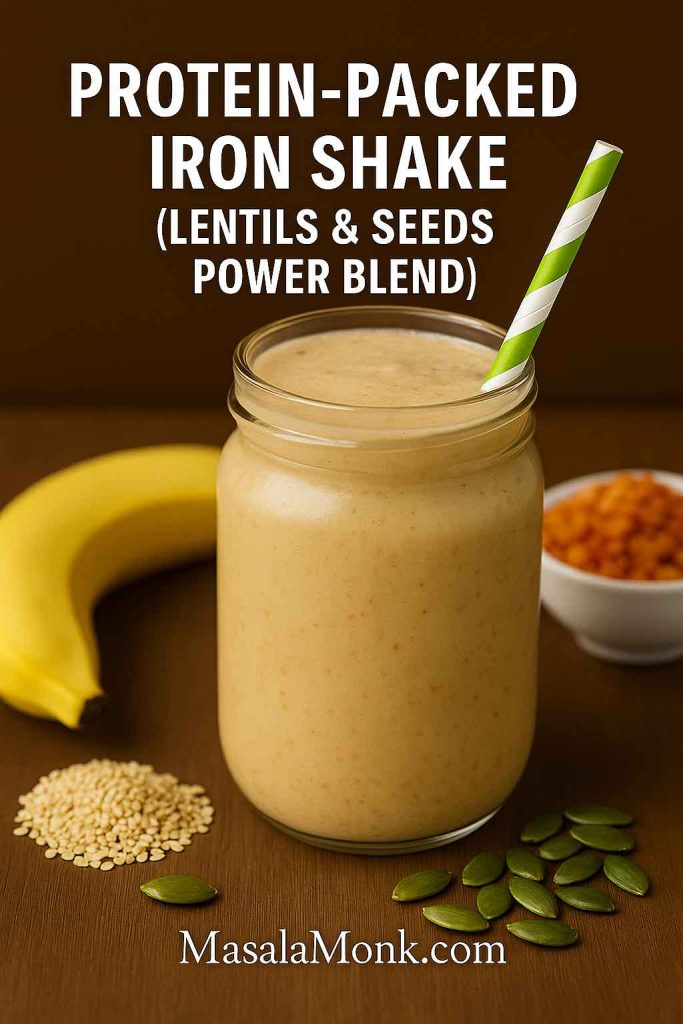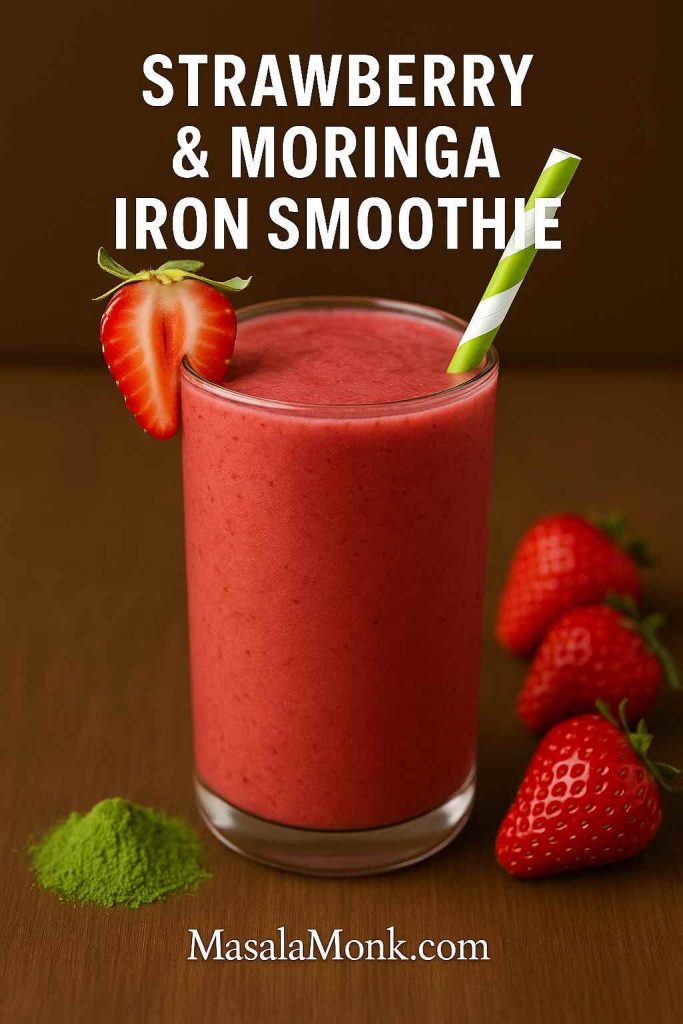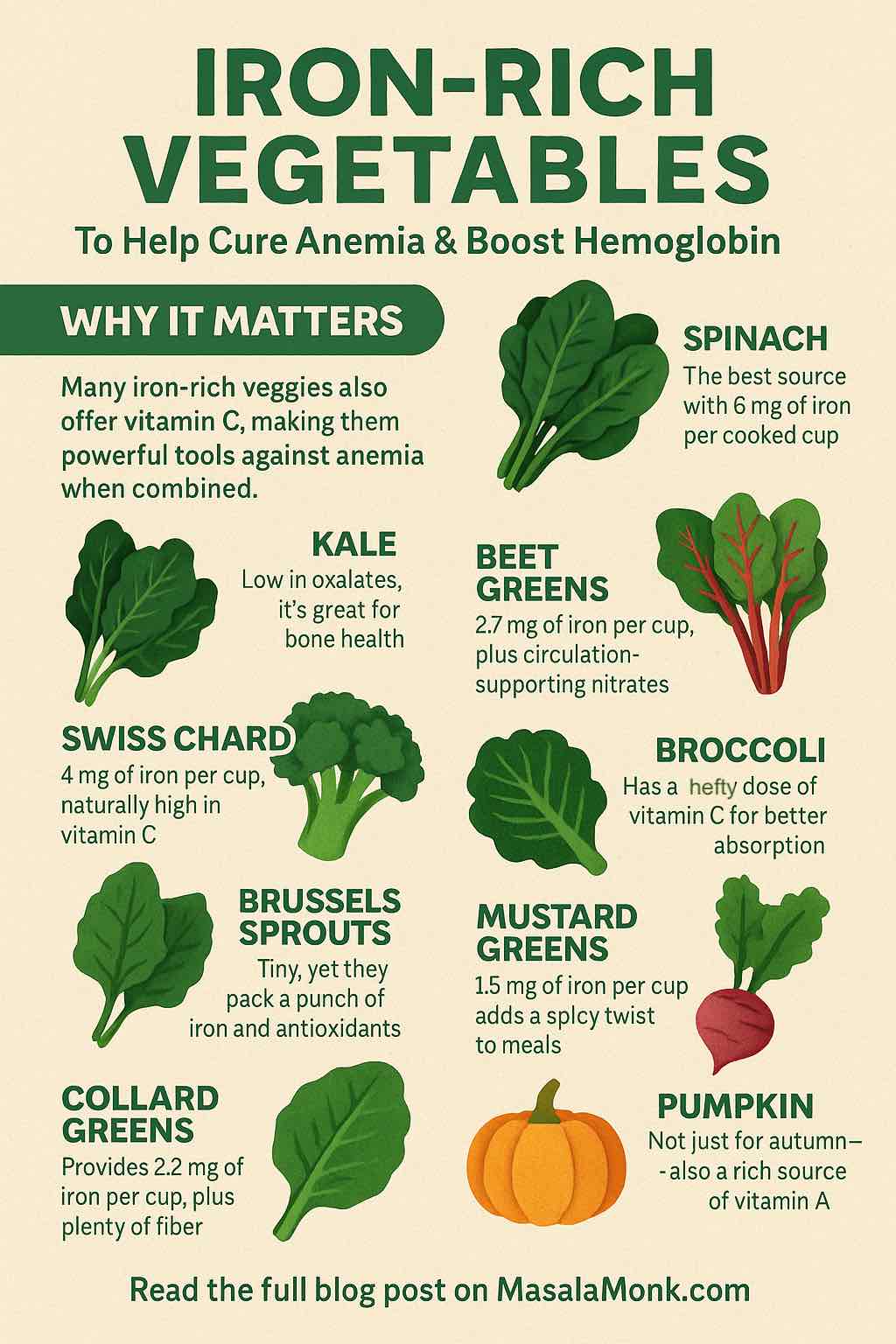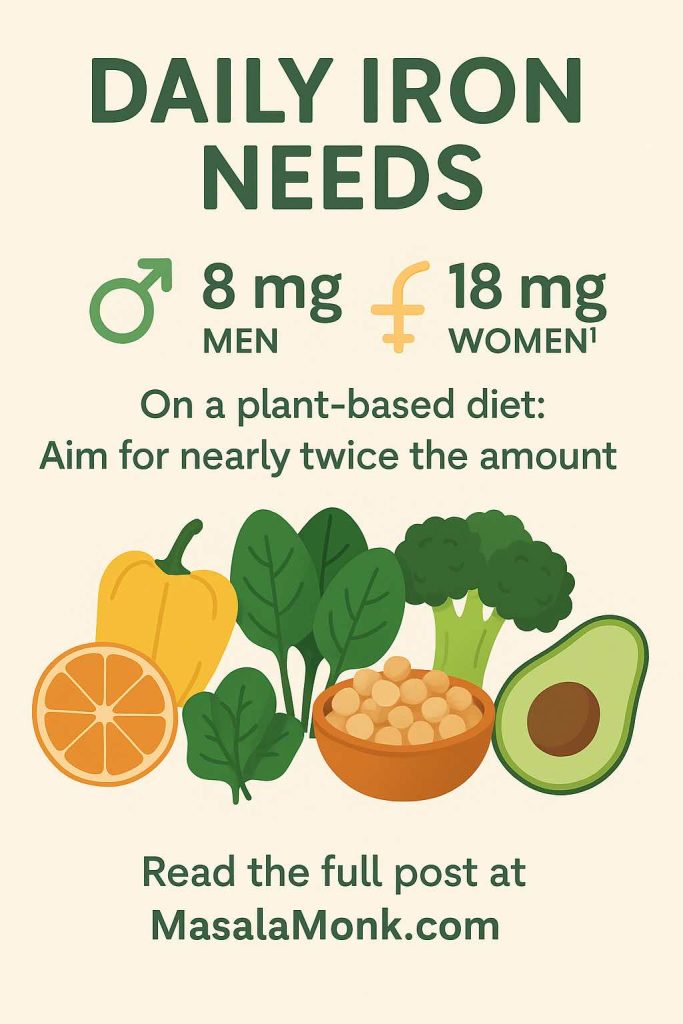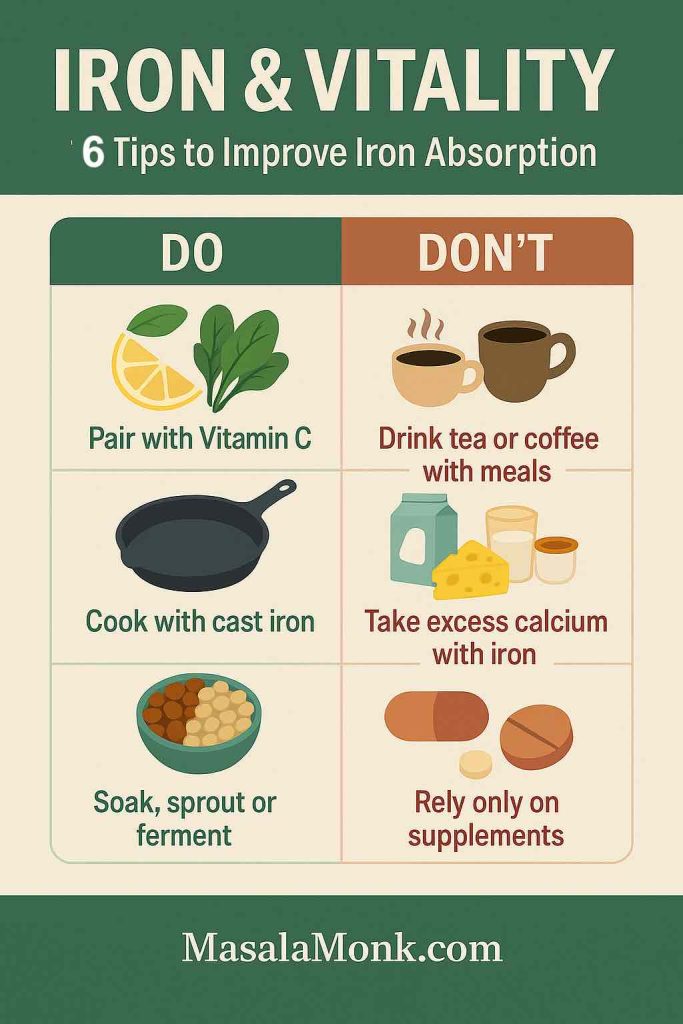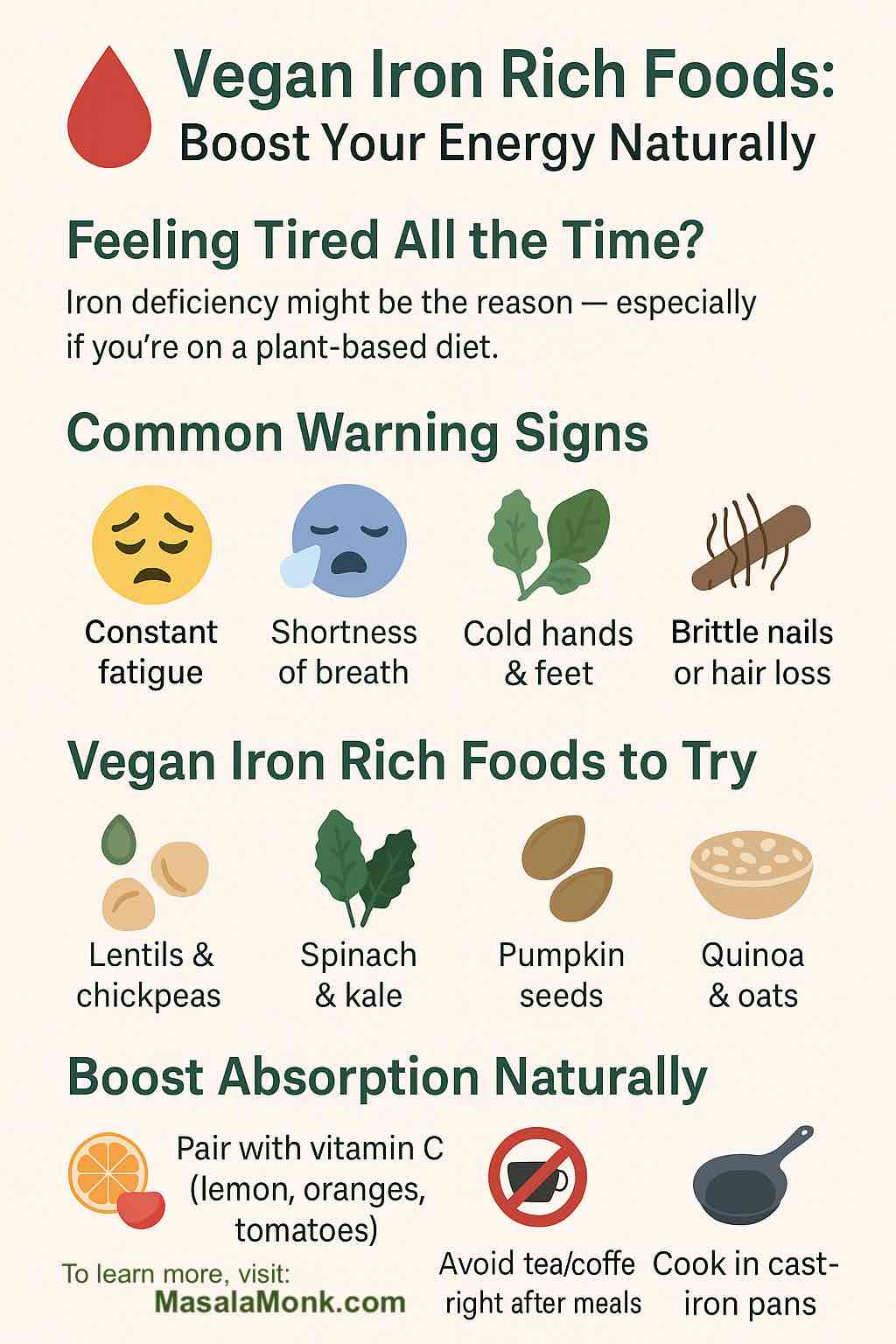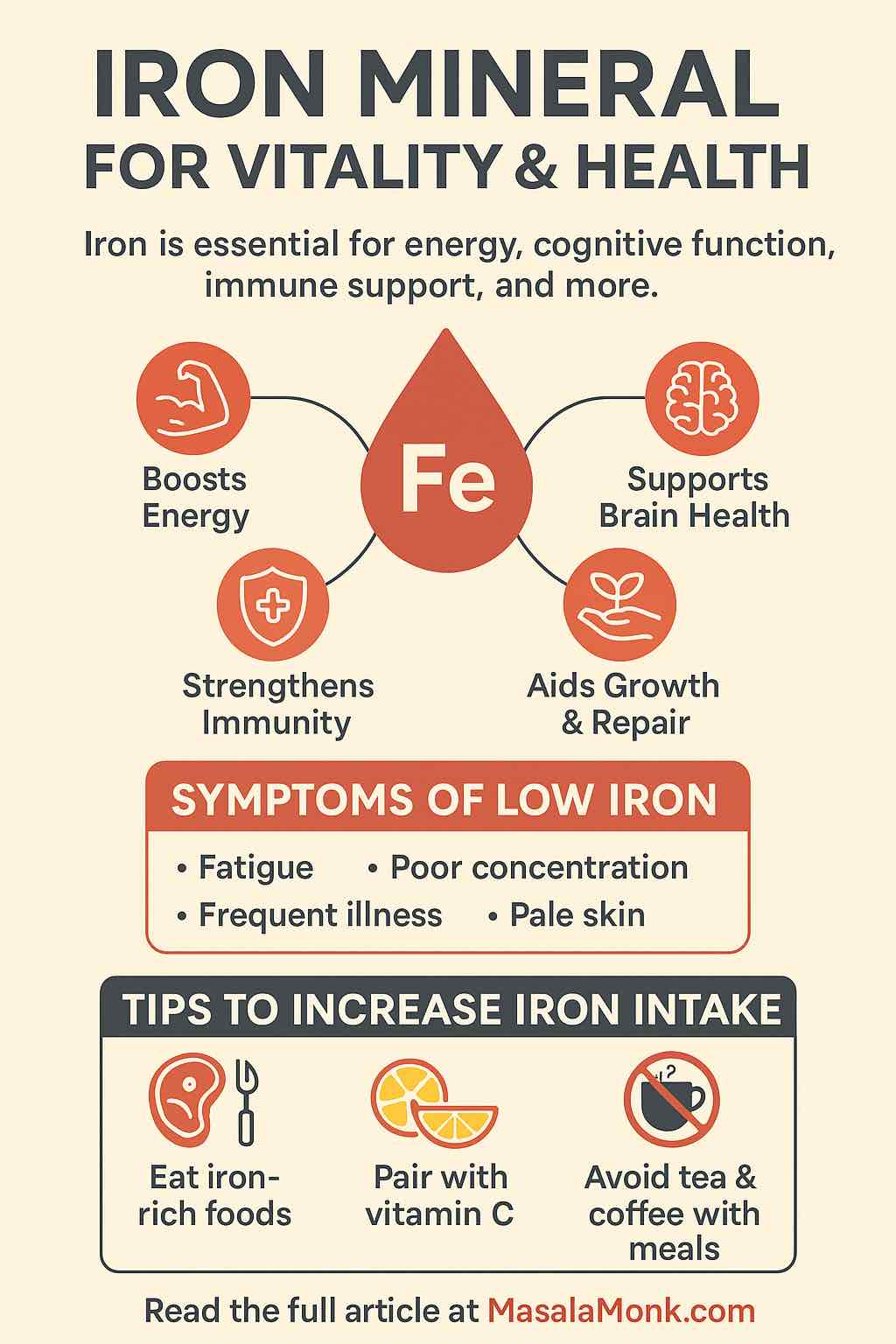
When life hands you lemons, don’t just make lemonade — your skin might thank you too! 🌼
For centuries, people around the world have turned to lemons for more than their zesty flavor. From detox drinks to natural remedies, lemon for skin benefits have become one of the most talked-about topics in beauty and wellness.
Why? Because this little citrus fruit is packed with vitamin C, citric acid, and antioxidants that brighten, exfoliate, and refresh your complexion. Whether you sip it, apply it, or even use lemon oils, you’ll find endless ways to make your skin glow naturally.
So, let’s journey through the world of lemons — exploring the benefits, busting myths, and learning five DIY skincare recipes you can try right at home.
For a better skin, you might want to know more about Top 10 Collagen Boosting Foods for Glowing Skin.
🌟 Why Lemon for Skin is So Popular
So, what makes everyone talk about lemons in skincare? The truth is, lemon for skin benefits are backed by both tradition and science. For centuries, people have used citrus fruits to freshen and brighten the skin. Today, we know that lemons are loaded with powerful nutrients that explain the hype.
- Vitamin C Powerhouse: Vitamin C is one of the skin’s favorite ingredients. It stimulates collagen production, smooths fine lines, and helps fight off free radicals that cause premature aging. In other words, it works behind the scenes to keep your skin looking youthful and radiant.
- Gentle Exfoliation: Lemons contain natural citric acid, which acts like a mild exfoliant. Instead of harsh scrubs, lemon helps polish away dull, dead skin cells — leaving your complexion fresh, soft, and ready to glow.
- Acne Care: Struggling with oily or acne-prone skin? Lemon’s antibacterial properties make it useful for calming breakouts and preventing new ones. Its astringent nature also helps reduce excess oil, making it a natural choice for clearer skin.
- Hydration from Within: Let’s not forget lemon water. When you sip on lemon water — or better yet, ginger lemon water — you’re hydrating your body and supporting detox. As a result, your skin often reflects that inner care with clarity and glow.
👉 Simply put, lemons don’t just add zest to your recipes — they add radiance to your skin.
Do Read: Lemon Juice for Acne: Harnessing the Power of Citrus for Clearer Skin
🌞 Brightening Skin with Lemon Juice
If you’ve ever felt like your skin looks tired, flat, or dull, then lemon juice might be the refreshing boost you need. Thanks to its citric acid, lemon juice acts as a gentle exfoliator. It removes the layer of dead skin cells that block your natural glow, revealing a fresher, brighter complexion underneath.
What’s even better is how versatile it is. You can mix lemon juice with honey for hydration, with yogurt for soothing, or with sugar for exfoliation. Each combination adds its own benefits, making lemon juice a perfect base for DIY remedies.
💡 Here’s the best part: It feels almost like a mini spa treatment at home — quick, natural, and effective. Just remember to use it once or twice a week, not daily, so your skin enjoys the glow without becoming irritated.
👉 In short, when used with care, lemon juice for skin is one of the simplest ways to bring back your natural radiance.
🥊 Lemon for Acne & Oily Skin
We’ve all been there — waking up to an unwanted breakout or dealing with skin that feels too oily. This is exactly where lemons shine. Their natural antibacterial properties fight acne-causing bacteria, while their astringent effect helps reduce excess oil production. Together, that means fewer breakouts and a fresher-looking face.
But here’s the important part: don’t apply lemon juice directly. Pure lemon can sting, burn, or even cause redness. Instead, think of it as a “supporting ingredient.” Dilute it with water, mix it into a mask with aloe vera, or blend it with honey. This way, your skin receives all the acne-fighting benefits without the harsh side effects.
💡 Pro tip: For oily skin, try a diluted lemon toner a couple of times a week. For acne-prone skin, add a few drops of lemon juice into your clay mask. Small adjustments like these can make a big difference over time.
👉 That’s why many people swear by lemon juice for acne — it’s simple, natural, and effective when used the right way.
🎯 Lemon for Dark Spots & Hyperpigmentation
Dark spots, acne scars, and uneven pigmentation can be stubborn and frustrating. Here’s the good news: lemons can help. The high vitamin C content in lemon juice and lemon oil is known to gradually fade pigmentation, leaving your skin tone more even. In addition, antioxidants help repair skin damage and brighten areas that look tired or patchy.
And it’s not just juice. Lemon peel powder and lemon essential oil are also used in natural skincare to target hyperpigmentation. Whether in a DIY face mask or as part of a spot treatment, these forms of lemon work gently but consistently.
🌼 However, consistency is key. Natural remedies don’t erase dark spots overnight. When paired with regular sunscreen use, lemon can support your skin in looking smoother, clearer, and more balanced over time.
👉 In short, if you’re patient, lemon for dark spots can be a valuable ally in your skincare journey.
🧐 Myths & Trends About Lemon for Skin
Let’s pause and talk about the buzz. While lemon for skin benefits are real, there are also a few myths and trendy claims floating around:
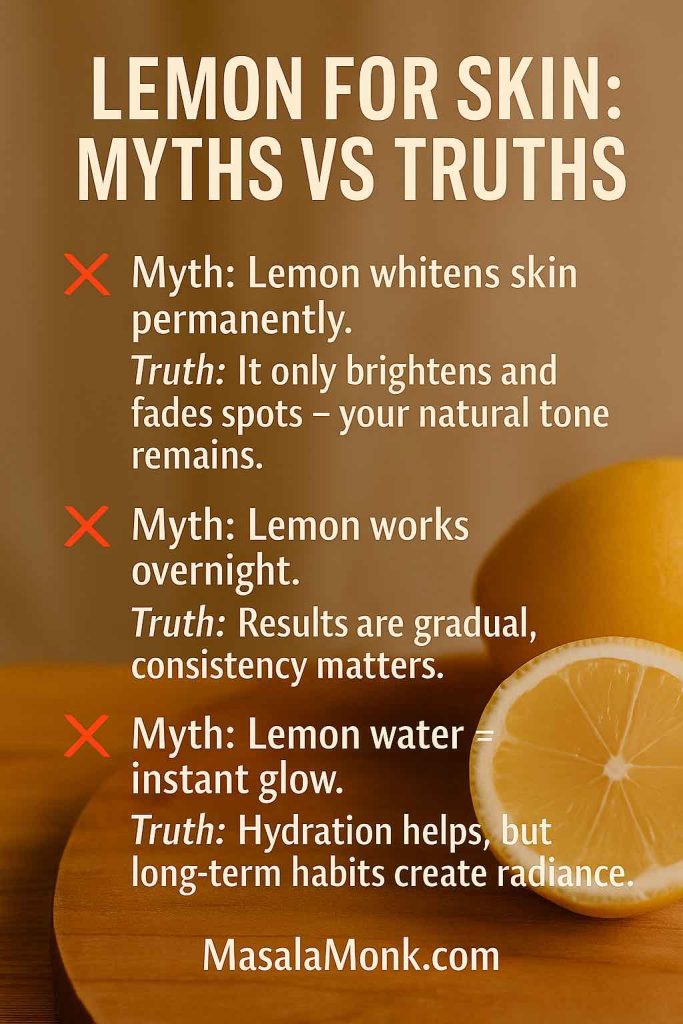
- ❌ Myth: Lemon whitens skin permanently.
🌸 Truth: It helps brighten and fade spots, but it won’t change your natural color. - ❌ Myth: Lemon juice works overnight.
🌸 Truth: Results are gradual, and patience is essential. - ❌ Trend: “Lemon water skin before and after” transformations are instant.
🌸 Truth: Lemon water supports hydration and glow, but improvements come with consistent healthy habits. - ❌ Trend: Lemon juice removes skin tags instantly.
🌸 Truth: Some people use lemon as a natural skin tag remover, but it’s not scientifically proven and may irritate sensitive skin.
See the difference? Lemons are wonderful, but using them safely — and with realistic expectations — makes all the difference.
🧴 How to Safely Use Lemon on Skin
Excited to try lemon in your routine? Here’s how to keep your skin safe while enjoying the benefits of lemon for skin:
- ✅ Always patch test before full use.
- ✅ Dilute lemon juice with water, honey, or aloe vera.
- ✅ Apply in the evening or indoors to avoid sun sensitivity.
- ✅ Follow up with a moisturizer.
By following these steps, you’ll get the glow without the irritation.
🍯 5 DIY Lemon Skincare Recipes for Glowing Skin
Now that we’ve explored the science and myths, it’s time to get hands-on. After all, the best part of skincare is when you can actually feel the results. The beauty of these recipes is that they’re simple, affordable, and made from ingredients sitting right in your kitchen. Let’s roll up our sleeves and bring a little citrus love to your routine to maximise benefits for lemon for your skin.
✨ 1. Lemon & Honey Glow Mask
There are days when your skin feels a little dull and tired, right? That’s where this mask comes in. Lemon juice is a natural brightener, while honey acts like a gentle hug for your skin — soothing, moisturizing, and calming irritation. Together, they’re a power couple for radiance.

How to make it:
- Mix 1 tbsp fresh lemon juice with 2 tbsp raw honey.
- Spread the mixture evenly on your face.
- Relax for 15 minutes, then rinse with warm water.
💡 Tip: Use this mask once a week before a big day or night out. You’ll notice your skin feels smoother, softer, and more alive — almost like it had a mini facial at home.
🌿 2. Lemon Sugar Scrub
If your skin ever feels rough or uneven, this scrub is the refresh button you didn’t know you needed. The sugar granules gently buff away dead skin, lemon juice brightens, and coconut oil locks in moisture so you don’t feel stripped afterward. It’s like a spa treatment but without the price tag.

How to make it:
- Combine 2 tbsp sugar, 1 tbsp lemon juice, and 1 tsp coconut oil.
- Massage the scrub gently into damp skin using small circles.
- Rinse off with lukewarm water.
💡 Tip: Use it once or twice a week on your face, lips, or even your elbows and knees. The result? Smooth, glowing skin that feels brand new.
🌸 3. Lemon Yogurt Brightening Pack
There’s something magical about yogurt on the skin — it cools, soothes, and moisturizes instantly. Add a dash of lemon juice, and suddenly you’ve got a brightening face pack that can help fade dullness and even out tone. Perfect for when your skin feels stressed or needs a calming touch.

How to make it:
- Mix 2 tbsp plain yogurt with 1 tsp lemon juice.
- Apply the creamy mixture to your face.
- Leave it on for 10 minutes, then rinse with cool water.
💡 Tip: This mask is especially great in summer, when your skin craves hydration but also needs a little help looking fresh. Think of it as a reset button for your face.
💧 4. Ginger Lemon Water Detox
Glowing skin doesn’t just come from what you put on your face — it also comes from what you feed your body. Warm ginger lemon water is one of the easiest ways to start your morning. It hydrates, supports digestion, and gives your body (and skin) a gentle detox.

How to make it:
- Add the juice of ½ lemon and a few thin slices of fresh ginger into a mug of warm water.
- Let it steep for a few minutes.
- Sip slowly first thing in the morning.
💡 Tip: Make this a daily ritual. Over time, you’ll notice your skin looking fresher and more balanced — because when your gut feels good, your glow shows on the outside too.
Talking about hydration, you would not want to miss Watermelon: The Hydration Hero for Your Skin – Benefits, Myths, and 5 Quenching Recipes for Dewy Skin
🌼 5. Lemon Peel Oil Spot Remedy
Dark spots and uneven tone can take their sweet time fading, but lemon peel oil can lend a helping hand. Packed with concentrated antioxidants, it works like a gentle nudge for stubborn marks. When diluted with a nourishing carrier oil like jojoba, it becomes a safe, natural way to encourage clarity.

How to make it:
- Mix 2 drops lemon peel oil with 1 tsp jojoba or almond oil.
- Dab gently on dark spots with a cotton bud.
- Leave it overnight and wash off in the morning.
💡 Tip: Use this remedy 2–3 times a week. It won’t deliver instant magic, but with patience, you may notice spots softening in appearance and your skin looking more even.
🌞 A Gentle Reminder
These recipes are natural and effective, but your skin is unique. Always patch test first, avoid applying lemon right before sun exposure, and be consistent rather than overdoing it. With a little patience, these simple rituals can become part of your self-care routine — moments where you not only care for your skin, but also for yourself.
🌿 Beyond DIY: Lemon Skincare Products
Not a DIY person? No problem — lemons show up in ready-made skincare too.
- Lemon Body Oil: A refreshing way to keep skin moisturized with a light citrus scent.
- Lemon Soap Benefits: Cleanses while leaving skin fresh (brands like Patanjali in India even offer herbal lemon soap).
- Organic Lemon Oil for Skin: A natural option for those who prefer pure, eco-friendly products.
- Best Lemon Oil for Face: Look for cold-pressed oils with no additives for the safest results.
These products bring convenience while still letting you enjoy lemon oil for skin whitening, hydration, and freshness.
🍊 Citrus Traditions & Herbal Wisdom
Beyond lemons, citrus peels have long been used in skincare.
- Lemon Powder & Dried Lemon Peel: Known for gentle exfoliation and brightening.
- Dried Tangerine Skin: Used in traditional remedies for refreshing the complexion.
- Citrus Peel Benefits: Packed with antioxidants for overall skin health.
And don’t forget herbal teas! 🌿 Lemon ginger tea, verbena tea, and melissa extract all support skin wellness from within. Sip your way to radiance!
Do not miss reading Vitamin D Deficiency and Skin Health
🌼 Wrapping It Up
And there you have it — a complete guide to lemon for skin benefits, packed with natural remedies, recipes, myths explained, and even product options if DIY isn’t your thing.
From lemon juice masks to lemon water rituals, from peel powders to essential oils, this little citrus fruit truly offers a refreshing path to healthier skin.
Just remember: moderation is key. Dilute, patch test, and protect your skin with sunscreen. Used wisely, lemons can become one of your favorite beauty allies.
So next time you slice a lemon, think beyond your drink — and let your skin shine as bright as this citrus star. 🍋✨
🤔 Frequently Asked Questions About Lemon for Skin
1. Can I use lemon juice on my face every day?
While lemon juice is often praised for brightening, it’s not safe to use it on your face daily. The citric acid is powerful, and if overused, it can strip away natural oils, leaving your skin dry, red, or irritated. Instead, try using lemon juice for skin once or twice a week. That way, you’ll still enjoy its glow-boosting benefits without stressing your skin. Always remember to moisturize afterward and never skip sunscreen if you’ve used lemon the night before.
2. Does lemon water really improve skin health?
Yes, drinking lemon water — or even ginger lemon water — supports overall hydration and can reflect positively on your skin. While it won’t magically erase acne or dark spots overnight, it helps flush toxins, keeps your body hydrated, and supports collagen formation thanks to vitamin C. Over time, consistent hydration makes your complexion clearer and more radiant. In other words, lemon water is not a quick fix, but it’s a healthy daily ritual that nourishes your skin from the inside out.
3. Can lemon juice remove dark spots permanently?
Lemon juice is a natural brightener, and many people use it to lighten scars and pigmentation. However, it’s important to know that lemon juice won’t permanently erase dark spots. Instead, it gradually fades them with consistent use, especially when combined with other skin-friendly ingredients like honey or yogurt. Think of it as a gentle nudge toward a more even skin tone rather than a permanent solution. And of course, sunscreen is essential — without it, new spots can appear.
4. Is lemon oil good for whitening skin?
Lemon essential oil is often used in natural skincare for its brightening and clarifying effects. While it won’t “whiten” your skin permanently, it can lighten dark patches and bring a healthier glow when diluted with a carrier oil. The key is safe use: never apply lemon oil directly to the skin, and always dilute it with something like jojoba or almond oil. Used consistently, lemon oil for skin whitening can be part of a natural, gradual process of evening out your complexion.
5. What are the benefits of lemon peel powder for skin?
Lemon peel powder is one of those underrated gems in skincare. It’s rich in antioxidants and vitamin C, making it a gentle exfoliator that refreshes dull skin. Because it’s milder than raw lemon juice, it can be mixed into face packs with yogurt, honey, or rose water for safe use. Many people turn to lemon peel powder benefits for skin when they want to fade pigmentation or add brightness without the sting of fresh juice. It’s like a softer, more nurturing version of lemon’s skincare powers.
6. Can I leave lemon juice on my face overnight?
It may sound tempting, but it’s not recommended. Lemon juice is highly acidic, and leaving it on overnight can cause dryness, peeling, or even burns. Instead, think of lemon juice as a “short treatment.” Apply a mask or mixture with lemon for 10–15 minutes, then rinse it off. That way, you get all the lemon for skin benefits without the risk of irritation. For overnight care, go for gentle oils or creams instead.
7. Does lemon help with acne scars and hyperpigmentation?
Yes, lemon can help — but with patience. Vitamin C in lemon juice, lemon oil, and lemon peel can gradually fade scars and even out tone. However, the process is slow and requires consistency. Many people combine lemon with soothing ingredients like aloe vera to speed up results while avoiding irritation. Keep in mind: using lemon on scars works best when paired with daily sun protection, because unprotected skin can darken further.
8. Is lemon soap safe for daily use on skin?
Lemon soap, including herbal options like Patanjali lemon soap, can be refreshing for daily cleansing. It helps remove excess oil, refresh your skin, and leave you smelling citrusy-clean. That said, if you have very sensitive or dry skin, daily use might feel a little stripping. In that case, balance it with a gentle moisturizer afterward. Many people enjoy lemon soap benefits for body skin, especially in hot or humid weather, when freshness is most needed.
9. How does ginger lemon tea or water help skin glow?
Ginger lemon tea and ginger lemon water are popular not just for digestion but also for skin health. Ginger adds anti-inflammatory properties, while lemon provides vitamin C and hydration. Together, they support detox and improve circulation, which shows up as a healthier glow on your face. Think of it as a simple daily ritual that nourishes your skin from within. It won’t replace your skincare products, but it complements them beautifully.
10. Can lemon juice really remove skin tags?
This is a common claim, but here’s the truth: there’s no scientific proof that lemon juice removes skin tags. Some people use it as a natural remedy because of its acidity, but results vary and irritation is common. If you’re considering lemon for skin tag removal, it’s safer to talk with a dermatologist. In the meantime, enjoy lemon juice for skin brightening, acne, or pigmentation — where its benefits are well-established.
📚 Science-Backed Insights on Lemon for Skin Benefits
By now, we’ve explored how lemons can brighten, clarify, and refresh your skin. But you don’t have to just take our word for it — science also supports many of these natural remedies. Let’s look at what research says, so you can feel confident adding lemons to your skincare journey.
- Fighting Free Radicals: Antioxidants in lemon oil help protect skin from free radicals — one of the main culprits behind premature aging and dullness (source).
- Acne Support with Lemon Oil: If you struggle with acne, research shows lemon essential oil has antimicrobial activity against bacteria like P. acnes, while also helping regulate excess oil production (learn more).
- Lemon Water & Inner Glow: Drinking lemon water — or even ginger lemon water — supports hydration, boosts vitamin C intake, and helps your skin look refreshed and radiant over time (health insights here).
- Safety First: While lemons are powerful, dermatologists remind us that their acidity can irritate sensitive skin or cause sun sensitivity. That’s why dilution, patch testing, and sunscreen are always essential steps (expert advice).
✨ The takeaway? Whether you’re sipping lemon water in the morning, applying a lemon-honey mask, or using lemon oil for dark spots, both tradition and science agree: the right use of lemons can help your skin glow. Just remember — moderation and care are what transform these natural remedies into lasting results.

